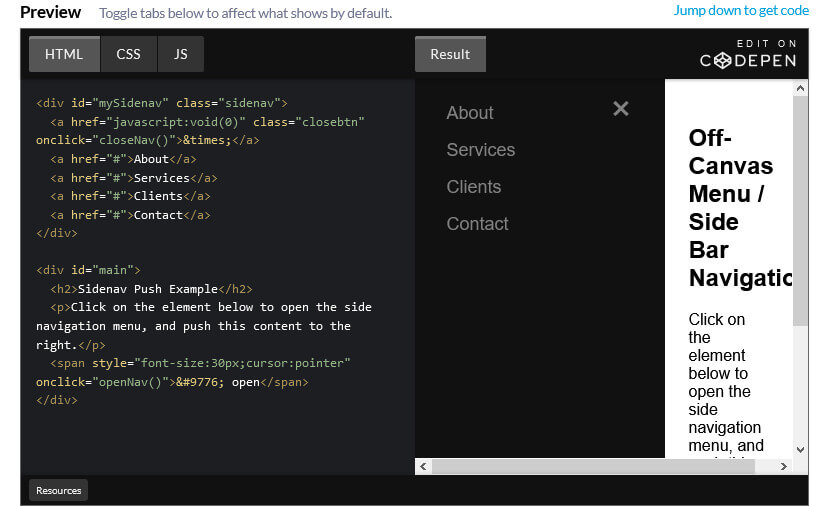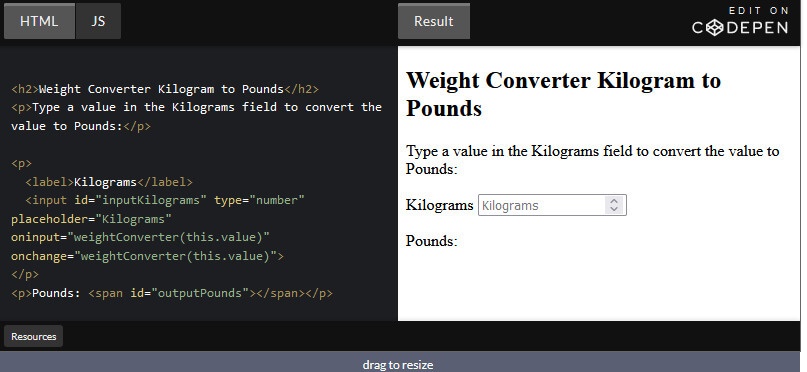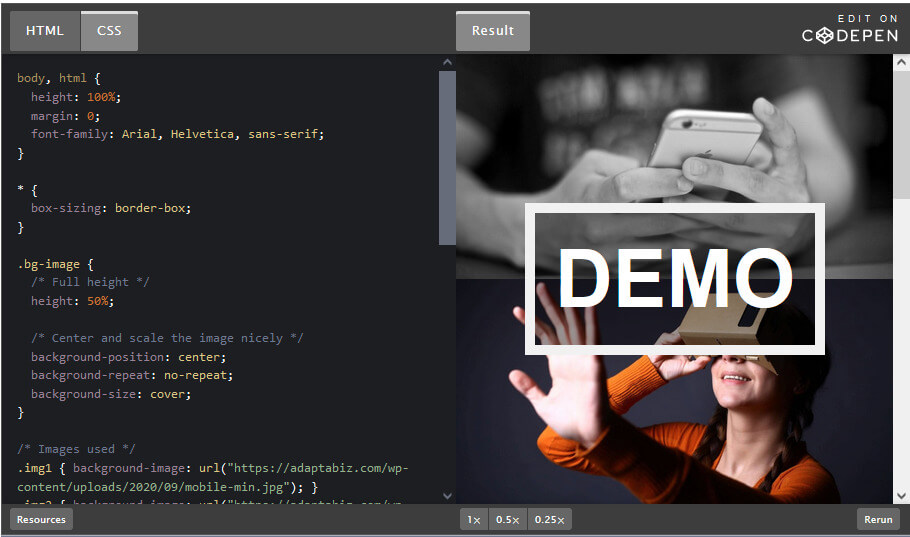PHP 7 is the most recent variant of the popular programming language PHP. Released in December 2015, PHP 7 offers speedy performance for sites and on-line programs. There are some important differences between PHP 7 and the preceding variant of the language, PHP 5.6. Let’s have a look at the responses to some of the most common questions about PHP 7.
Don’t stress, you didn’t miss the last variant. As the years went by, the standing of PHP 6 deteriorated to the stage the community no longer needed to continue using the name.
PHP 7?
PHP is an incredibly popular programming language. With an increasing amount of people coming online, including a fast growing variety of cellular users who frequently rely on comparatively slow 3G connections, it’s important for the servers that power the world’s sites in order to respond immediately to user requests. Studies reveal that 40 percent of people may leave a web page that takes more than three seconds to load, showing that speed is an important variable in website design.
Major changes to PHP have raised the functionality of websites that use the language drastically. The truth is, it’s estimated that PHP 7 offers a 100 percent improvement in operation rate over PHP 5.6. This significant advancement in rate enables web developers to create websites that provide interesting and engaging interactive attributes that still react to user input as fast as modern internet users have come to anticipate.
This demand is driven by two variables: the need to reduce prices and the need to reduce power consumption to protect the surroundings. Compared to PHP 5.6, PHP 7 sets significantly reduced requirements on servers, which makes it a more cost-effective and environmentally friendly option, as relatively less energy is needed to power servers running PHP 7 programs.
Dmitry Stogov, Xinchen Hui, and Nikita Popov spearheaded the development of PHP 7. These three programmers created an experimental department of PHP they initially called PHP Next Generation, frequently abbreviated as PHPNG. The PHP community adopted this new department of the scripting language, as it continued to develop it into the secure variant of the language referred to as PHP 7, and offered substantial advancements in performance.
PHP 7 continues to be through several months of beta testing and was eventually released in its secure form in December 2015, only one month after the release date that is predicted.
What Exactly Is New in PHP 7?
The headline change related to PHP 7 is the substantial improvement in operation. Nearly twice as quick as PHP 5.6, PHP 7 can compete with modern competitions to pure PHP, such as Facebook’s Hip Hop Virtual Machine (HHVM). In fact, with the added advantage of not needing to use a virtual machine to execute the PHP source code, PHP 7 offers even quicker performance for Drupal users. Also, when PHP 7 runs on WordPress 4.1.1, it can run twice as many requests per second as the same platform running PHP 5.6.
In addition to functionality that is better, the following technical changes appear in PHP 7. Developers should familiarize themselves with these changes if they think to switch over to using PHP 7 for their web development projects.
Return Types
Return types, which is a common feature in most other programming languages, have finally been introduced to PHP. This means that programmers can now specify the type of variable that a function should return. In PHP 7, the return type is specified after the closing parenthesis of the argument list:
function xyz(): array {
return [];
}This example declares a function “xyz” that returns an array. In PHP 5.6, programmers would not specify the return type, which means that it is not clear to anyone reading the code what the function “xyz” is supposed to output. Explicitly declaring return types makes code much easier to read, which is useful when debugging your code or working with code that was written by someone else.
Spaceship Operator
One interesting change to the syntax of PHP 7 is the introduction of the spaceship operator, which you can use to quickly and conveniently compare two expressions. Use this operator as follows:
a <=> b
- If a is less than b, this expression outputs -1
- If a is equal to b, this expression outputs 0
- If a is greater than b, this expression outputs 1
Using this operator to compare variables requires much less typing than coding multiple tests with the traditional less than (<), equal to (==) and (>) greater than operators do.
Other Syntax Changes
Many other minor aspects of PHP syntax have also changed in the transition from PHP 5.6 to PHP 7. The following modifications are backward incompatible, which means that developers who have previously worked in PHP 5.6 will need to update their code if they want it to work under PHP 7.
- Old-fashioned error handling has been replaced with object-oriented exceptions. This change is intended to make it easier for developers to find and fix bugs in their code.
- Syntax for variable dereferencing has been changed to make it more consistent.
- Syntax for the foreach statement has changed.
- The list() operator no longer supports strings.
- In PHP 5.6, a bug allowed the switch statement to have multiple default clauses, leading to code behaving unpredictably. This bug has now been fixed.
- PHP 7 features more consistent conversions between integers and floating point numbers. This change eliminates some surprising errors that can occur when you intentionally or accidentally convert a variable that was initially stored as an integer into a floating point number, which is not necessarily a whole number, or a floating point into an integer.
- The old-fashioned syntax for marking comments in INI files has been removed. Instead of prefixing comments with the # symbol, you now need to use a semi-colon instead.
To see details of other backward-incomptable changes that have been introduced in PHP 7, visit PHP.net to download the documentation for the new language version. This documentation explains the technical advances that appear in PHP 7 in detail and can be a useful reference manual for developers who are programming in PHP 7 for the first time. For a quick look at the new features in PHP 7, take a look at this summary.
How Do I Upgrade to PHP 7?
PHP 7 is the most significant upgrade that has affected the PHP scripting language in a lot more than a decade. So, updating existing code to PHP 7 comes with a couple of challenges. On the other hand, the benefit — considerably quicker performance and less pressure on your web servers — is worth the effort of upgrading.
You must make sure any libraries your PHP project uses are available for PHP 7. See if it is possible to remove reliance on those libraries, or you may have to hold off on updating for a little while if the libraries don’t yet support PHP 7.
If your code is written in PHP 5.5 or PHP 5.6, then updating will probably be uncomplicated. However, if you use PHP 4, then there are some syntax changes that you should be aware of. For instance, the old style of constructor functions used in PHP 4 isn’t supported even though these constructors worked in PHP 5.
It’s best to ensure that your code comprises evaluations, like unit and integration tests when upgrading to PHP 7. These tests should find any problems with your program before they pop up as bugs in a live environment.
Who Is Already Using PHP 7?
As of December 2015, less than 0.1 percent of sites are using PHP 7. However, as PHP 7’s clear performance advantages mean it is certain to play a role in the foreseeable future of web development, many websites are expected to upgrade shortly. WordPress, the popular web site-building platform used by countless small businesses and bloggers, has been preparing for the launch of PHP 7 for months, meaning that WordPress users can easily update to the new version of the language.









